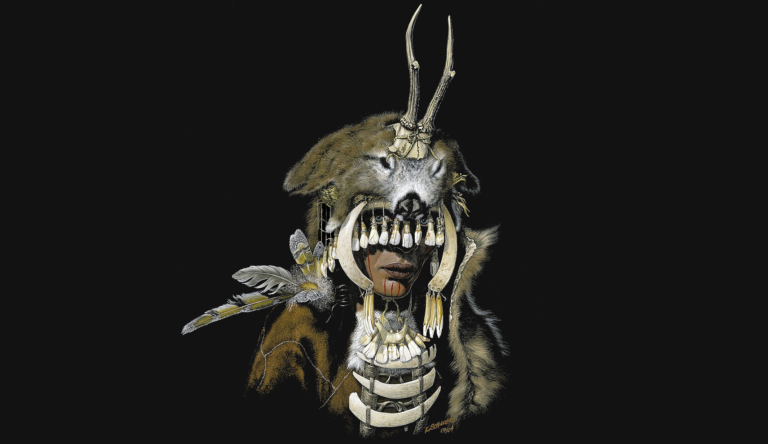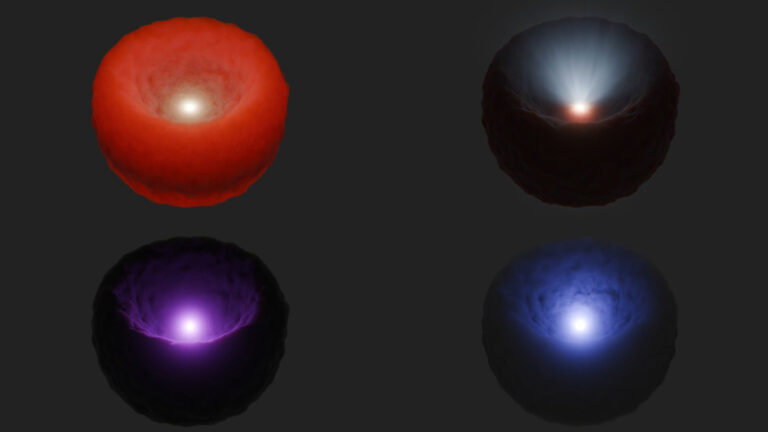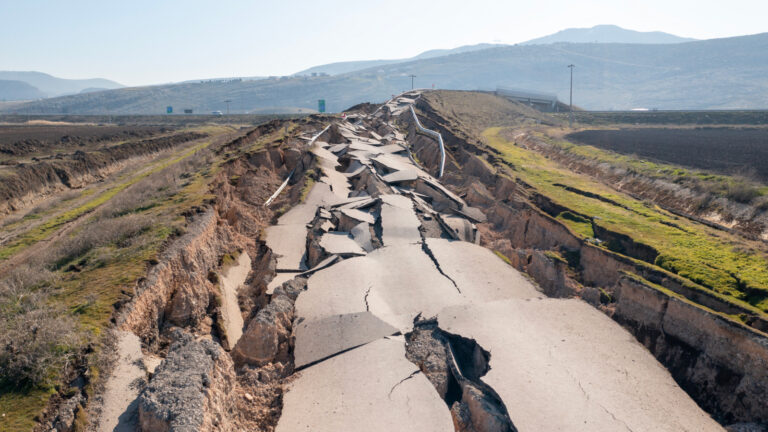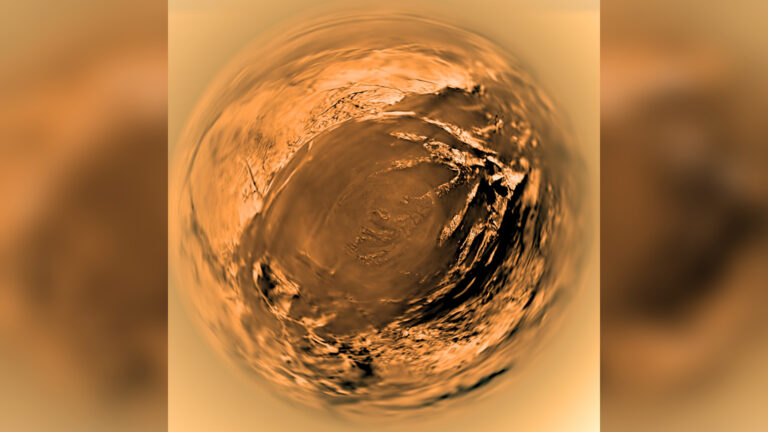Bad Dürrenberg headdress: An elaborate 9,000-year-old headpiece worn by a female shaman in Europe

A lavish 9,000-year-old grave in central Germany revealed the burial of a powerful female shaman.
Science and Technolgy blog

A lavish 9,000-year-old grave in central Germany revealed the burial of a powerful female shaman.

The saying “weak in the knees” may be figurative for many, but can it really happen to people?

Black holes that have been obscured by clouds of dust still emit infrared light, enabling astronomers to spot them for the very first time.

In a study published in Psychological Science, researchers uncovered differences in personality traits and life satisfaction between lifelong singles and those who have been in romantic relationships. Lifelong singles reported lower levels of extraversion, conscientiousness, and life satisfaction compared to…

A helmet up for auction in London is a well-preserved example of the “Corinthian” helmets used by many hoplite warriors.

How does creeping stress ignite a cataclysmic earthquake? A new study has answers.

An analysis of data from the National Survey of Children’s Health has found that physically inactive children exhibit higher rates of anxiety and depression compared to their physically active peers. This trend was especially pronounced in children with autism and…

Twenty years ago, the Huygens probe achieved humanity’s first landing on a moon in the outer solar system when it touched down on Titan.

Chronic traumatic encephalopathy, or CTE, is a degenerative brain disease linked to repetitive head trauma. Here’s how it affects the brain and who is most at risk.

A recent study published in the Journal of Public Economics provides evidence that Fox News Channel has had a profound influence on American political preferences and election outcomes from 2000 to 2020. The research demonstrates that increased Fox News viewership…